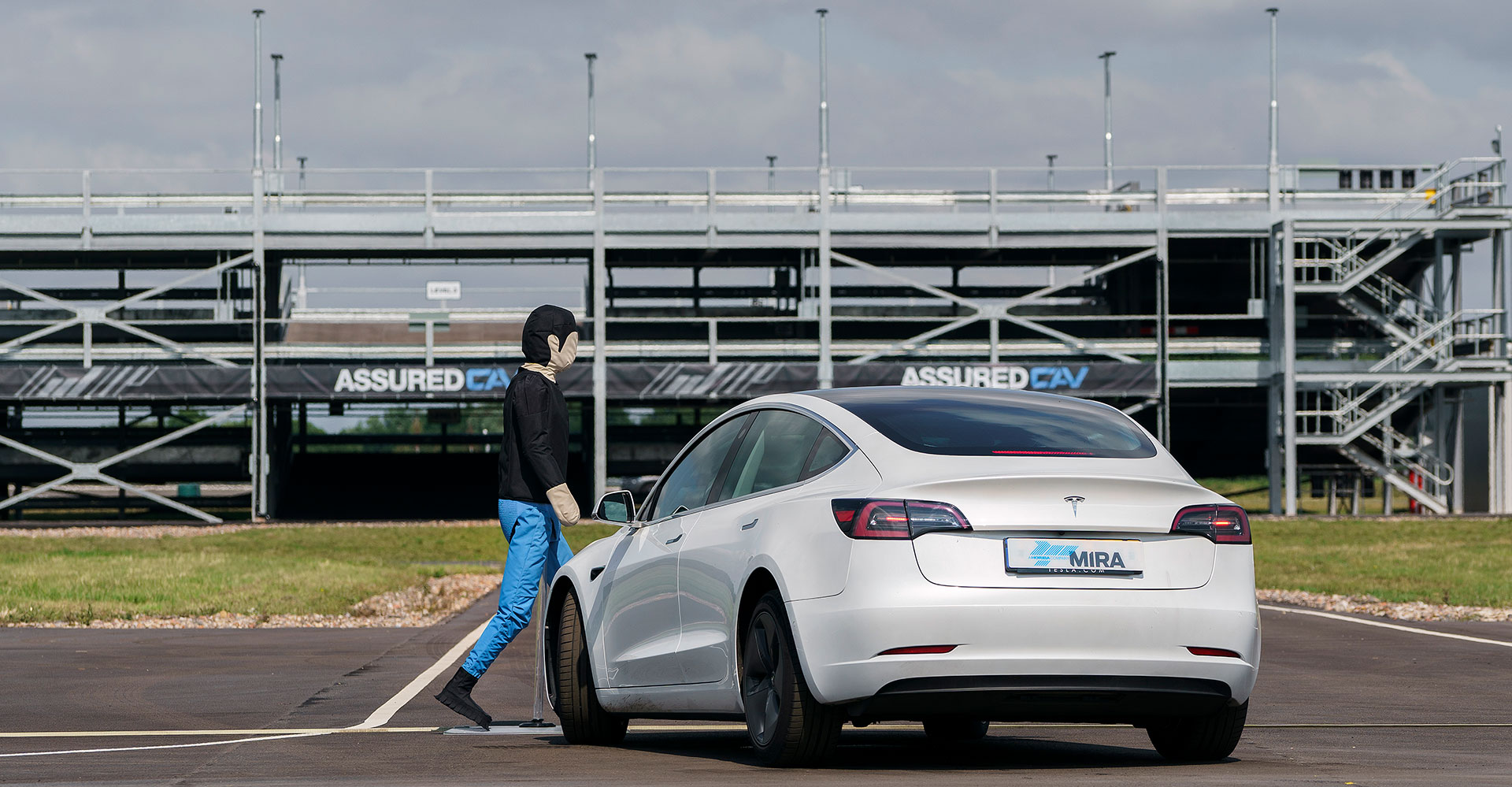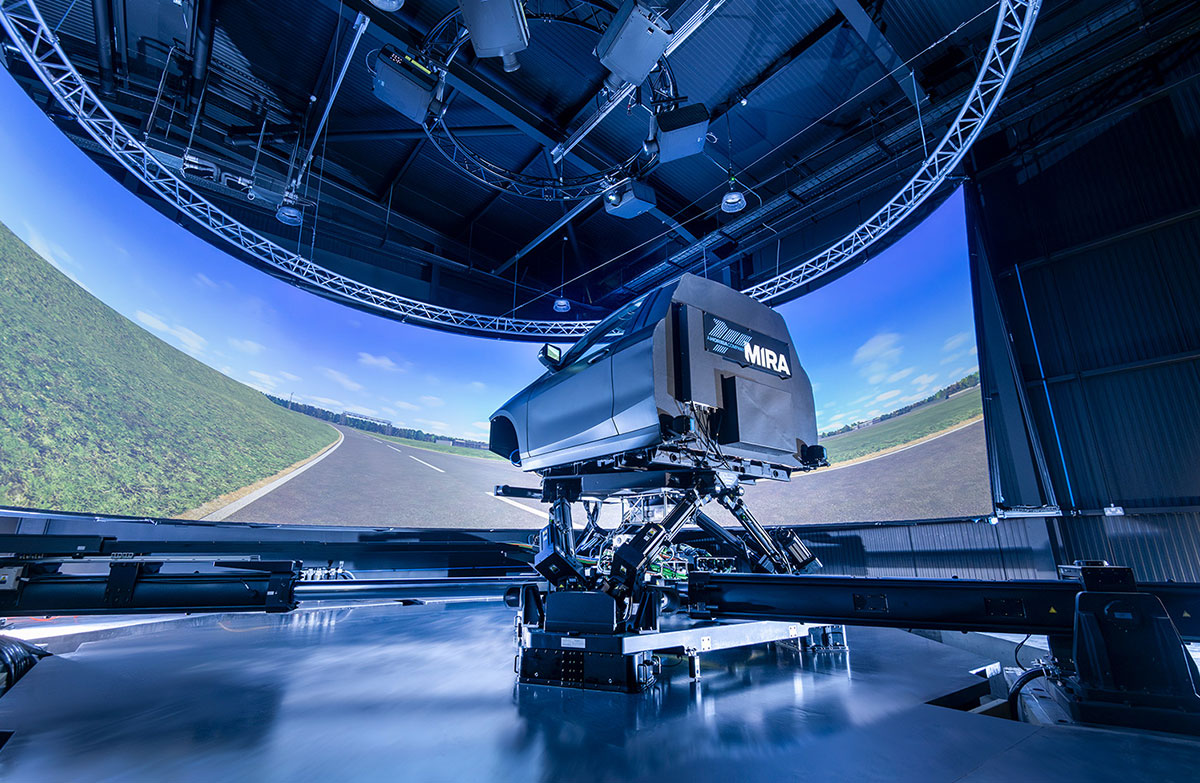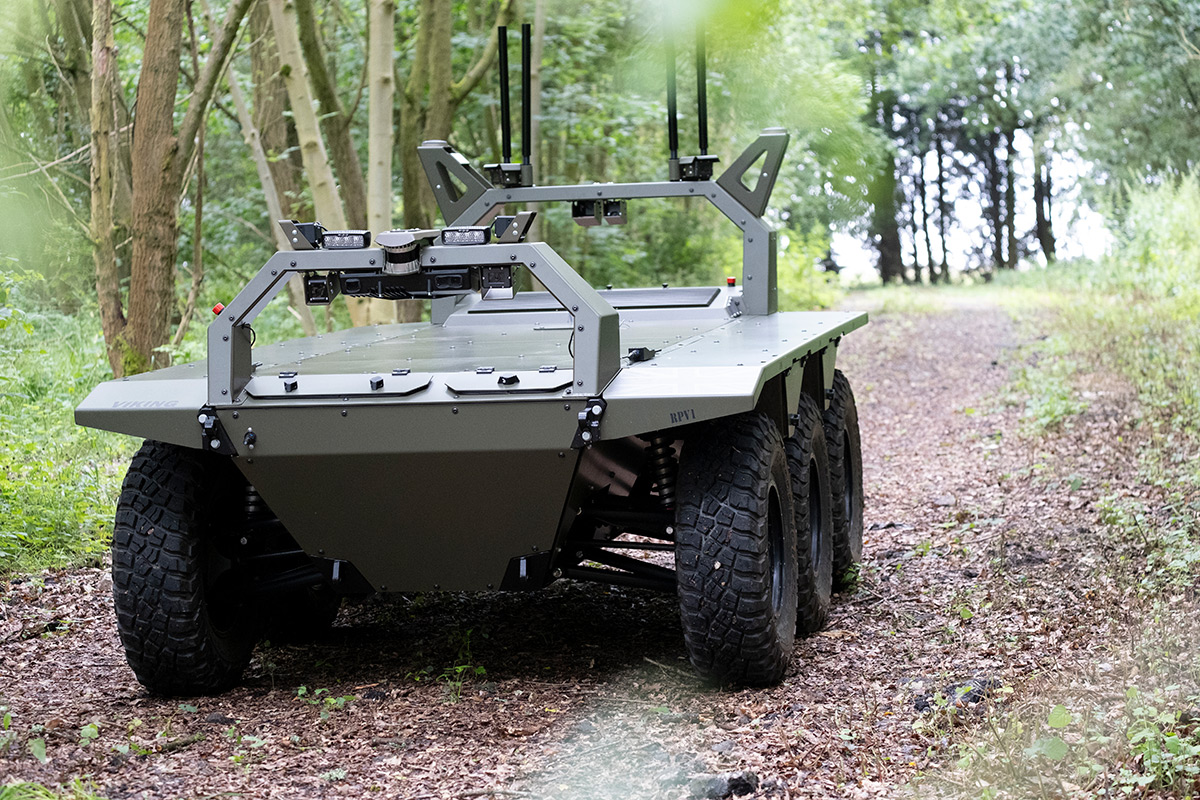Intelligent mobility – could data be the key?

An embedded systems developer with experience of working on production and prototype development projects for safety-related systems, Tim is Principal Engineer for MIRA’s intelligent mobility activities.
Achieving mobility of people and goods has long been a global problem, and demand only seems to go up. Mobility as a whole is expensive, dangerous, inefficient, unpredictable, frustrating, polluting….the list of issues goes on and on.
The cost of mobility is apparent to all of us; whether it’s just running the family car, wasting money due to inefficient fuel use, or simply wasting precious time sat in traffic jams. The problems are felt even more by those in industry and the public sector, with the combined cost to the UK economy estimated to be billions of pounds a year.
Fortunately for all parties concerned, there have been huge improvements made in the area of mobility during recent years. Satellite navigation – once confined to a stand-alone unit – has now spread onto the smartphone platform, making it far more accessible, convenient, and often linked to real-time traffic information. Other innovations such as collision mitigation systems in cars (e.g. Autonomous Emergency Braking, or AEB), high efficiency engines, managed motorways with variable speed limits and traffic signals that change dynamically in response to traffic conditions, have all helped to make our journeys far safer, convenient and efficient than ever before.
R&D activities being carried out at companies such as MIRA continue pushing at the boundaries, but it’s important now to also look at ways to speed up the deployment of new services and technologies. With the global economic situation the way it is it is not a viable option to wait for more roads to be built, expensive new roadside equipment to be installed or autonomous cars to become widespread.
The solution could well lie in raw data that already exists. It’s widely acknowledged that intelligent vehicles and intelligent transport systems require detailed real-time information to understand and adapt to changing conditions. To a large extent the better that information is the more that the systems can be improved. However, too often new applications bring a demand for additional sensors, networks or IT infrastructure, when the information may be available through other channels.
Everywhere we travel now we leave a digital trail, and this data is just the tip of the iceberg of the digital information available
Everywhere we travel now we leave a digital trail, our smartphones register with local network base stations, traffic sensors detect our vehicle at traffic lights, and cameras calculate average journey times as we pass by. Monitoring this data on a large scale can infer detailed information on traffic flow and it’s just the tip of the iceberg, there are lots more sources of useful data in related areas such as weather stations, pedestrian crossings and pollution monitoring equipment. Telematics systems, already widely used in logistics and fleet vehicles, generate very rich data about vehicle movements and they are now finding mainstream applications such as pay-as-you-go insurance and eco-driving apps.
If we assume for a moment that we could get instant access to all this data, there are still significant challenges in processing such diverse data sets, on a huge scale and in real-time, to get down to the information that matters. Big Data remains a hot topic in the IT sector and as such there have been recent improvements in data analytics from non-transport related sectors that could be applied here. Other developments such as machine learning could further improve future mobility solutions.
There are also technical challenges around the sensitive topics of security and privacy. These are central to any work in this area, and again there is opportunity to apply the latest innovations from other sectors. However recent papers from MIT and Hamburg University of Technology demonstrated weaknesses in anonymised mobile phone data, and the vulnerability of real-time traffic services to malicious attack respectively, which shows the need for further improvement.
Despite the potential presented by a cohesive approach to mobility data sharing, making this approach towards intelligent mobility financially sustainable is far and away the biggest problem to solve. For a start, whilst the data we need is already out there it is fragmented, existing in pockets under different owners, and the very fact that the range of available data sources is so diverse; means that the range of stakeholders who will contribute to it and use it is also going to be diverse.
For the reasons cited previously, individual consumers may have cause to remain cautious about misuse of their personal data, but on the other hand there is increasing demand for the personalised services that can be derived from it, such as improved travel information or even a car that adjusts the cruise control to platoon with other vehicles or pass smoothly through traffic lights at the moment they turn green. Consumers expect more but often there is a low willingness to pay for these extra services particularly in the case of information and advisory services.
For commercial companies, such as logistics or public transport providers, this information can be core to their business. The data already generated by these businesses could have a lot of value to other users if it could be made available. If it was aggregated together the improvements would help them all deliver better, more efficient service but currently it is part of the competitive advantage so it is often closely guarded.
Government bodies and local authorities will also play a part in the process, as they all pick up a lot of the indirect costs from road maintenance, congestion, accidents and emissions. Like those in the commercial sector, these entities hold a lot of very important data as many of them often run their own UTMS (Urban traffic management systems), collate public vehicle fleet data and carry out motorway monitoring.
So how could this new approach to intelligent mobility work? At the two logical extremes there is a choice between a fully commercial data marketplace, where contributing raw data can generate revenue, and service operators then buy access to the raw data, or an open source approach; where in an ideal world all data is freely available.
If the fully commercial data marketplace philosophy is chosen, a variety of new business models may emerge. This will involve data aggregation services competing to deliver the best information from the raw data as well as direct application and service providers. But there are questions around whether such an approach could work, as most large scale data providers will be the same stakeholders that will inevitably require the processed information back. Surely if this is the case then wouldn’t the two financial transactions cancel each other out?
At the other end of the scale is data generated from individuals. Could micro-payments work? Or is it more likely that this data would be collected without their direct involvement and subsequently used to offset the cost of providing them with their ‘free’ services?
The open source approach is sometimes seen as idealistic; however one may argue that this would help to drive innovation and competition in order to provide the best services. This less mainstream approach would certainly simplify the framework and therefore speed up deployment. Inevitably the main problem with this is the commercial aspects from the business’ perspective as well as the cost of serving up that data from a public authority perspective.
To summarise, there is an increasing need for a more intelligent approach to global mobility, but the technologies required to affect this change (including some from new sectors) are gradually falling into place. The problem associated with the business model around data services still remains the largest problem to solve, although security, privacy and reliability issues will also play a large part in the successful implementation of intelligent mobility solutions.






